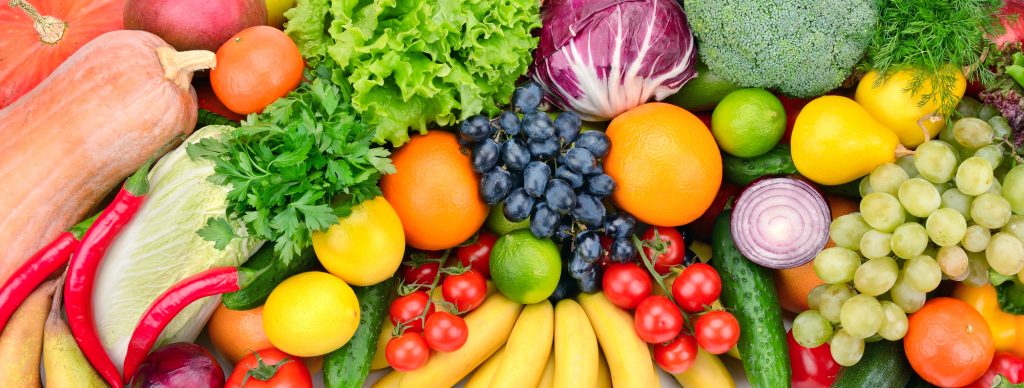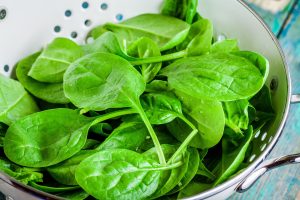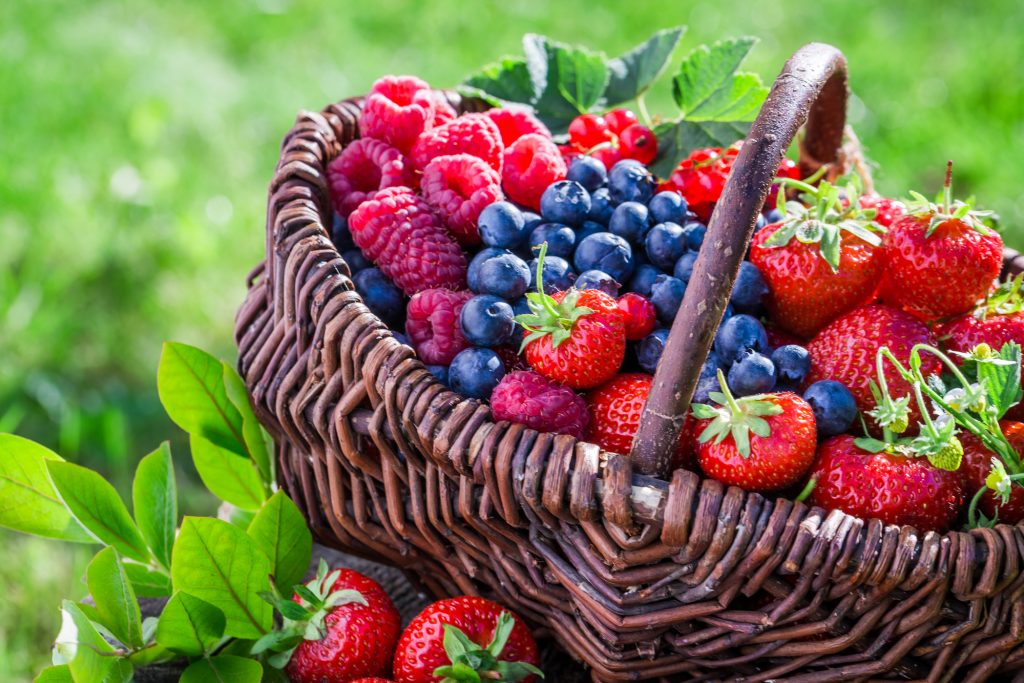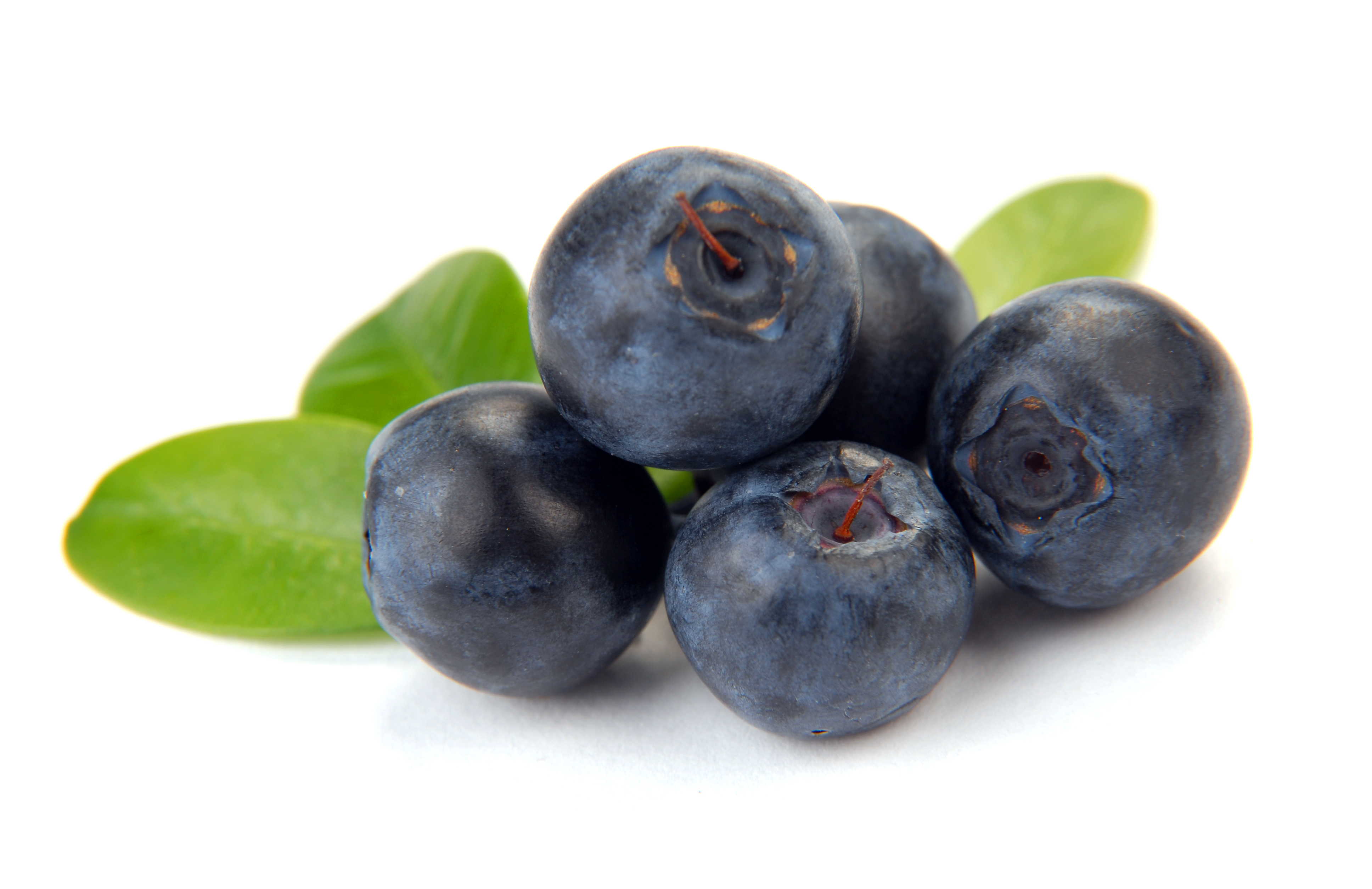
A.G.E. stands for Advanced Glycation End Products
Advanced Glycation End Products (AGE) is a term used to describe the result of cooking food in a way that results in burned, charred, blackened or brown parts of food. Common examples include seared steak, grilled burgers, toasty bread, and crispy pizza crust – but there are hundreds of additional sources.
From a biochemical perspective, AGEs are formed when proteins and fats are bonded as a result of exposure to heat & sugar. In culinary terms, the Malliard reaction is the specific chemical reaction that gives browned foods their appealing taste and appearance. (Cigarette smoke is another source of AGEs, but this post will focus on the dietary sources.)
How do AGEs affect health?
AGEs are a huge source of free radicals and pro-oxidants. Oxidation is a chemical reaction that involves the transfer of electrons. (Some everyday examples of oxidation reactions include the formation of rust and the browning of an apple being exposed to the air.) When there are more free radicals than antioxidants in the body, it creates a state of oxidative stress, which causes excess inflammation and is very damaging to all of the tissues and cells in our bodies.
In our bodies, there is a constant competition between anti-oxidants and pro-oxidants. Pro-oxidants increase oxidative stress and inflammation, while antioxidants counteract oxidative stress and inflammation. Remember: AGEs are a significant source of pro-oxidants. Consumption of excess AGEs is linked to nearly all chronic health conditions, including diabetes, cardiovascular disease, kidney disease, and cancer.

How do AGEs affect aging?
Simply put, oxidative stress puts a strain on all the cells in your body, including your skin cells. It can damage the DNA located in your skin cells, which makes them appear less vibrant, healthy, and elastic.
Food for Thought
When you think of “unhealthy foods,” some things that typically come to mind are greasy bacon, fried chicken, and charred steak. However, with the recent popularity of the keto diet & paleo diet, bacon, chicken, and steak are conveniently being hailed as superfoods for metabolism and weight loss, regardless of the method of preparation.
While eating foods that are low in carbs and high in fat may help you to initially shed some pounds, it is not a sustainable long-term dietary approach, nor is it the only component of a keto or paleo diet. The success of these (and ALL diets) are contingent upon a generous intake of fresh fruits and vegetables, which are the richest source of healthy, anti-inflammatory anti-oxidants!!!!!

The richest sources of antioxidants are:
- blueberries
- strawberries
- apples
- cranberries
- cinnamon
- green & white tea
- kale
- all leafy greens
- pecans
- dark chocolate
- artichokes
- red cabbage
- broccoli sprouts
It is worth noting that for the maximum benefit of these powerful antioxidants, it is important to always opt for organic if possible!!

AGEs in Specific Foods:
I encourage you to take a look at this article from the Journal of the Academy of Nutrition and Dietetics:
Advanced Glycation End Products in Foods and a Practical Guide to Their Reduction in the Diet
It provides a comprehensive chart of each type of food and preparation method and the relative amount of AGEs present in the food. Although by now you’ve probably figured out that your fried or charred foods are big offenders, but you will probably be surprised at some other common foods on this list!
According to Uribarri et al. (2010), “Animal-derived foods that are high in fat and protein are generally AGE-rich and prone to new AGE formation during cooking. In contrast, carbohydrate-rich foods such as vegetables, fruits, whole grains, and milk contain relatively few AGEs, even after cooking. The formation of new dAGEs during cooking was prevented by the AGE inhibitory compound aminoguanidine and significantly reduced by cooking with moist heat, using shorter cooking times, cooking at lower temperatures, and by use of acidic ingredients such as lemon juice or vinegar. The new dAGE database provides a valuable instrument for estimating dAGE intake and for guiding food choices to reduce dAGE intake.”
Uribarri et al. (2010). Advanced glycation end products in foods and a practical guide to their reduction in the diet. Journal of the Academy of Nutrition and Dietetics, 110(6), 911-916.
Bottom Line:
- It’s impossible to avoid ALL foods high in AGEs, but it is prudent to be mindful and reduce them as much as possible.
- It’s incredibly important to consume a variety of colorful fruits and vegetables every day, regardless of the “diet” or “eating pattern” you follow – to add antioxidants and countless other health benefits!

